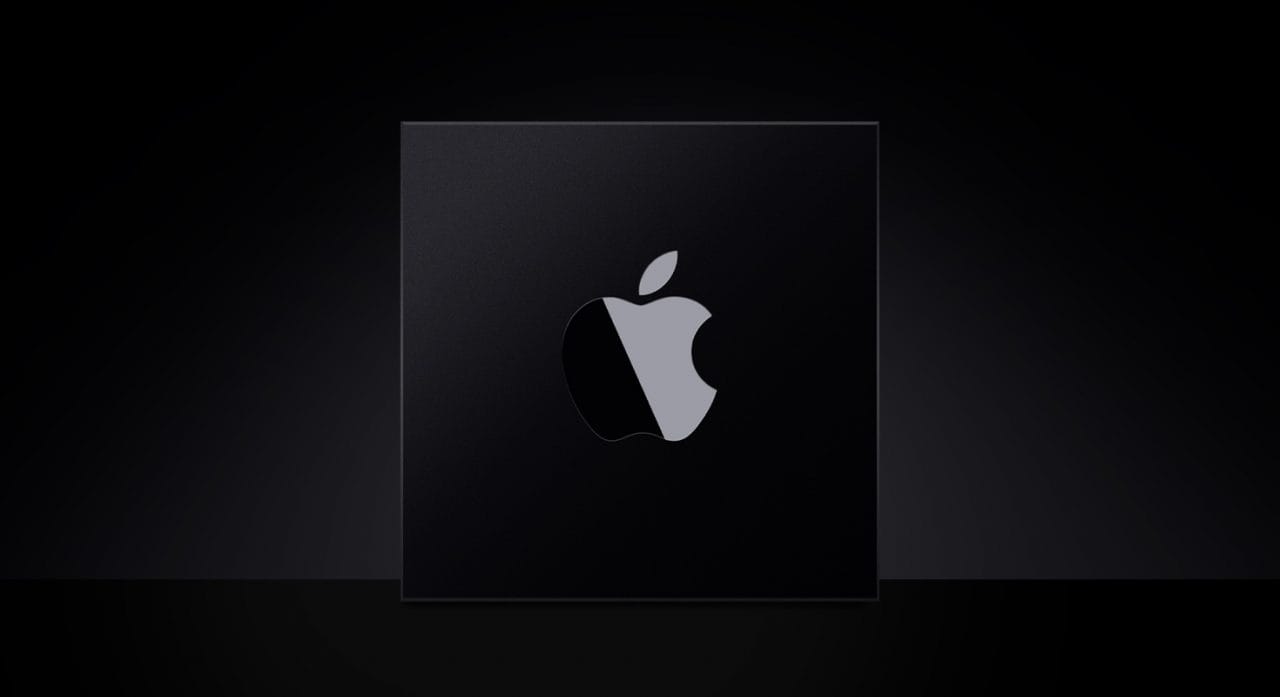
Apple recently became the first US publicly listed company to hit the US$2 trillion market cap (MCap) mark. The iPhone maker’s pandemic-defying performance can be attributed to the success of its subscription services, a loyal customer-base worldwide that continued buying its products and services from online platforms – even when many of the flagship Apple stores remained closed – and the Fed Reserve’s timely intervention in the form of bonds buying and emergency lending programs soothing nervous investors, according to GlobalData, a leading data and analytics company.
Despite supply chain issues hurting the firm early in the pandemic, Apple’s earnings have proved resilient and the company has been caught up in the broader rally, boosting technology shares. Apple’s share price is up 57.6% year-to-date and 118% over the past 12 months, and it now occupies a 7% weighting in the S&P 500 index – which has a total market cap of $27trn.
In the midst of an economic crisis, how did Apple reach such a high market valuation? Apple’s earnings report from Q2 of 2020 highlighted an 11pc increase in revenue on the same quarter last year. Apple reached revenue of $59.7bn, with international sales accounting for 60pc of that.
Back in that report, the company announced a four-for-one stock split, saying that each Apple shareholder of record at the close of business on 24 August will receive three additional shares for every share held on that date. It also reported that it had $193.82bn in cash on hand, which is an increase from the previous quarter.
Keshav Kumar Jha, Business Fundamentals Analyst at GlobalData, comments: “The surge in demand for Apple Music, Apple TV+ and iCloud is heard loud and clear by investors, who also appreciated the company’s announcement of the new iOS and iMac during Apple’s annual developer conference (WWDC) in June. This confidence has not been misplaced, as Apple delivered an 11% sales increase against the comparable quarter of fiscal 2019.”
Apple’s services revenue grew 15% mainly due to higher net sales from the App Store, advertising and AppleCare, whereas wearables, home and accessories net sales increased 17% primarily due to higher net sales of AirPods in Q3.
Jha adds: “The launch of Apple’s first 5G iPhone and other products and services, rumoured for September/October, could drive up the company’s valuation. Furthermore, the company’s plans to split its stock by a 4:1 ratio will enable investors to put more money forward, or allow new investors, particularly retail investors, to invest in stock, further driving market value.”
Tradersdna is a leading digital and social media platform for traders and investors. Tradersdna offers premiere resources for trading and investing education, digital resources for personal finance, market analysis and free trading guides. More about TradersDNA Features: What Does It Take to Become an Aggressive Trader? | Everything You Need to Know About White Label Trading Software | Advantages of Automated Forex Trading









